History
Toninhas do Brasil is a benchmark reference, both in Brazil and worldwide, when it comes to research and conservation of small cetaceans, especially the franciscana. The project is also well-known for its environmental awareness actions.
It works in conjunction with national and international institutions, strengthening partnerships for actions in networks.
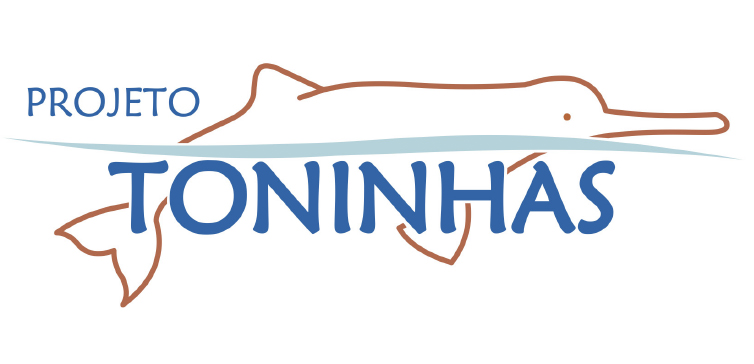
First logo created in 2011
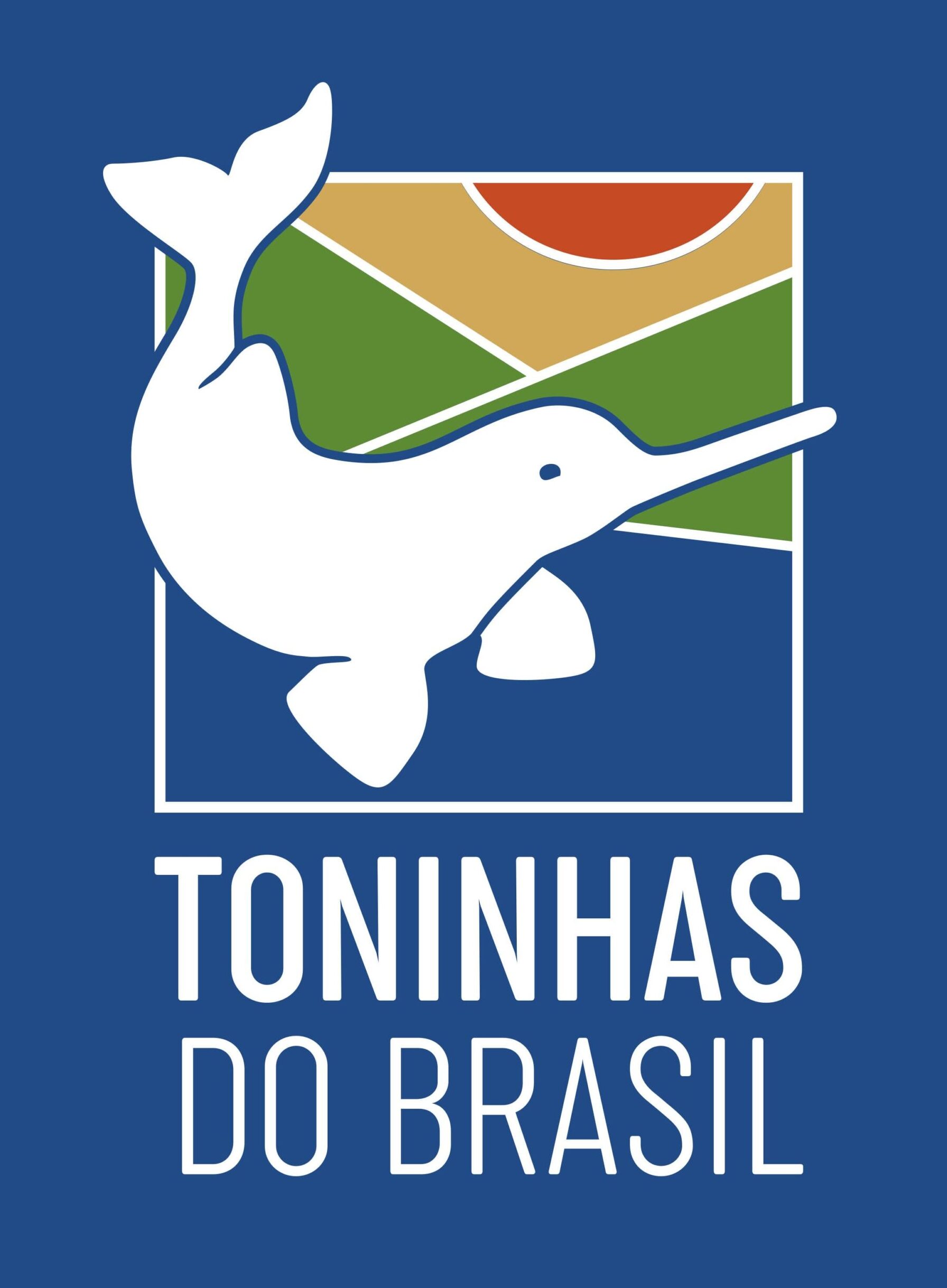
New brand created in 2022
Research of the species’ ecology started in 1994, when the then-undergrad Biology student Marta Cremer started a project with artisanal fishermen at the Farol de Santa Marta community, in Laguna.
In 1996, in the northern coast of Santa Catarina, Marta made the first record of franciscanas at Babitonga Bay.
Their presence at the bay was considered unlikely at the time, since franciscanas were believed to occur only in open-sea coastal waters. That finding did not change this reality completely: to this day, the occurrence of franciscanas in bays and estuaries is considered rare. Since then, the Babitonga Bay franciscanas have been studied, being confirmed as a resident population and considered a unique population stock. Babitonga became a showcase for franciscanas, whose photographs used to be rare, as well as a natural laboratory for the development of a variety of researches, which have been contributing greatly to the scientific knowledge about the species.
From 2000 onwards, when Marta became a professor at UNIVILLE, research on the cetacean populations of Babitonga Bay developed into an institutional project. In 2011, Projeto Toninhas received funding from Petrobras (Petróleo Brasileiro S.A, or Brazilian Petroleum Corporation) for the first time, which enabled a great number of advancements in research and environmental education. Since then, the project has dedicated itself to researches involving a variety of aspects related to the species’ ecology, to an intense environmental education work, to the engagement of different sectors of society and to the development of a strategic communication, bringing society closer to marine conservation.
In the last few years, the project has been amplifying its area of activity, aiming to contribute to the conservation of franciscanas in different regions of occurrence of the species, being also present in São Paulo and Paraná, through partnerships with local institutions.
Nowadays, the project also directs its efforts to the search for solutions for the reduction of bycatch mortality.
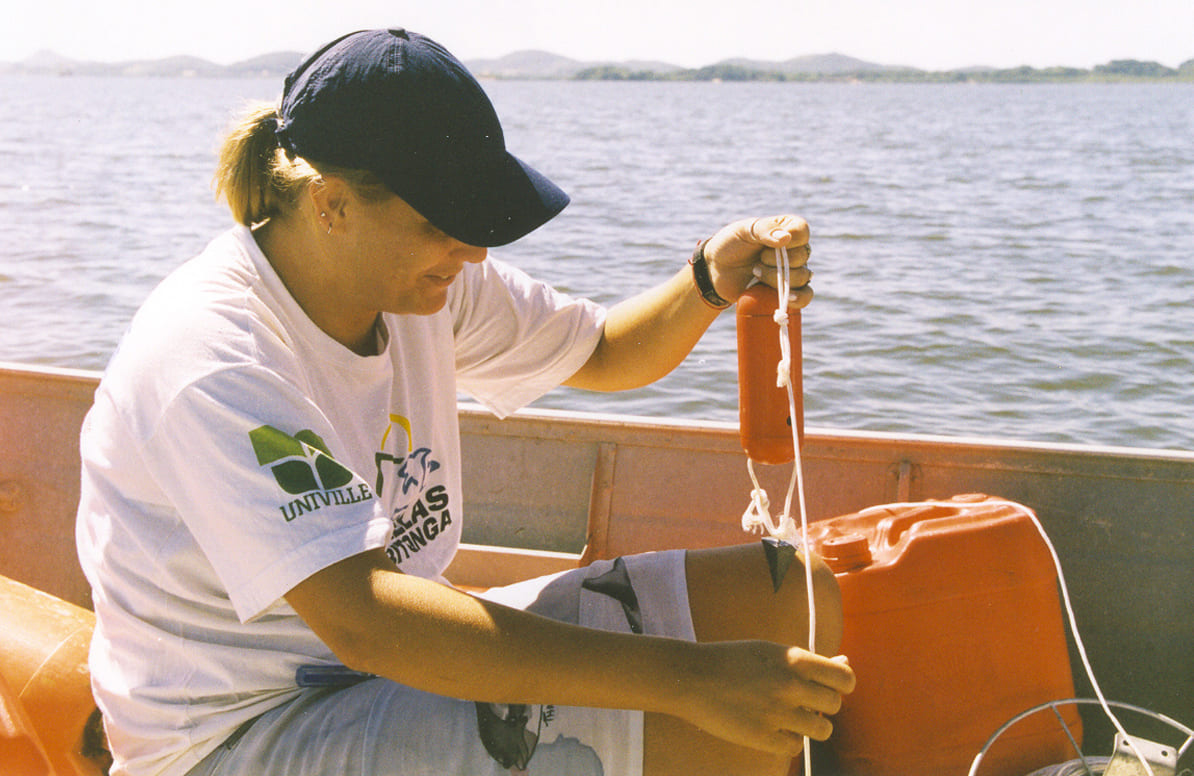
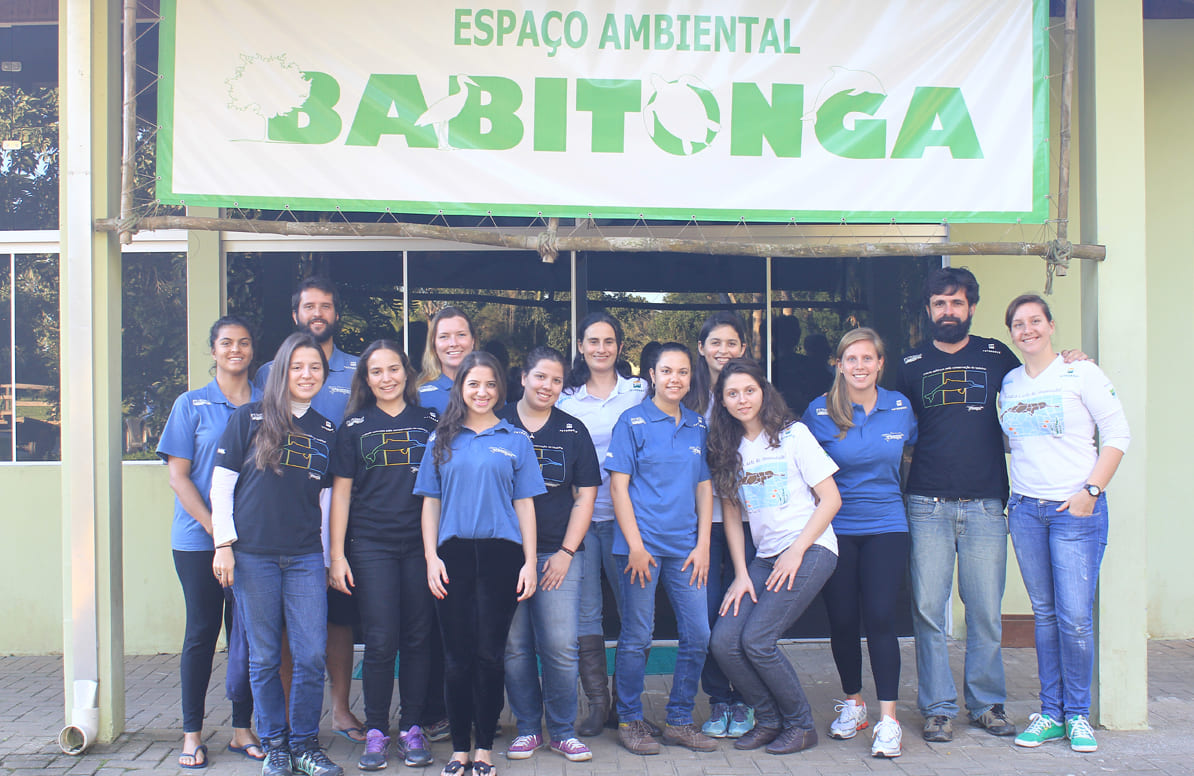
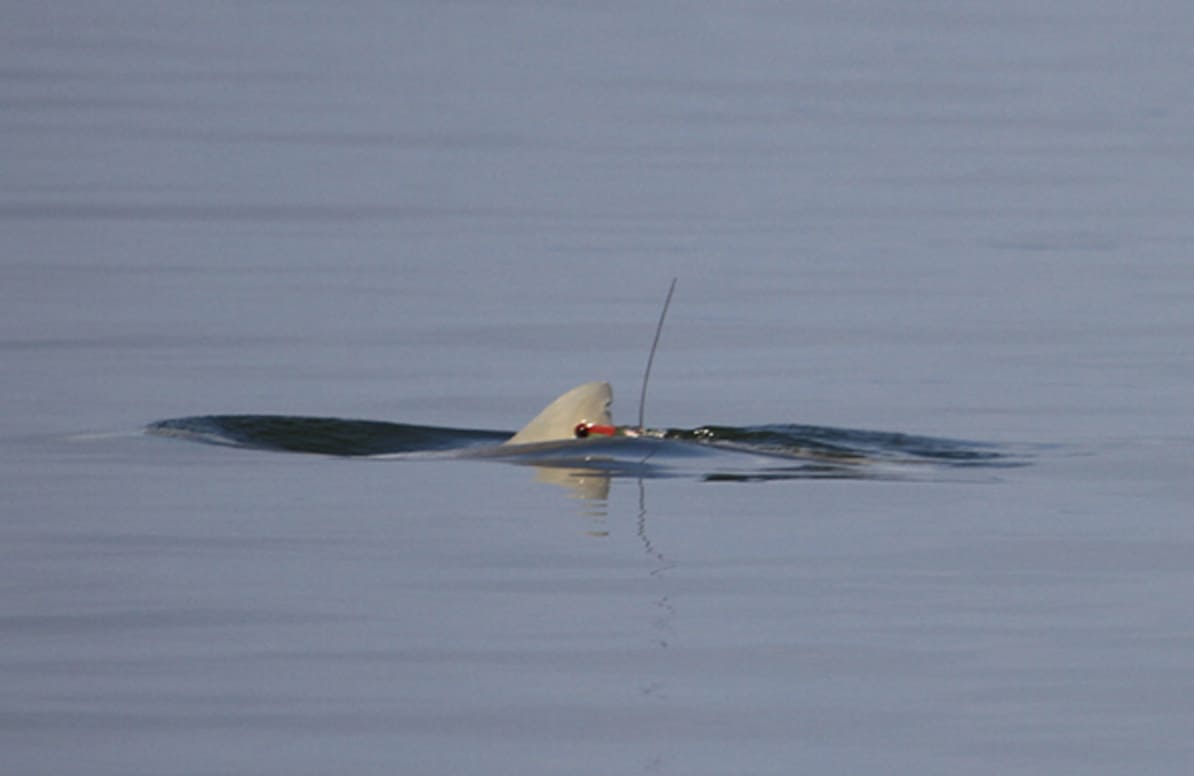
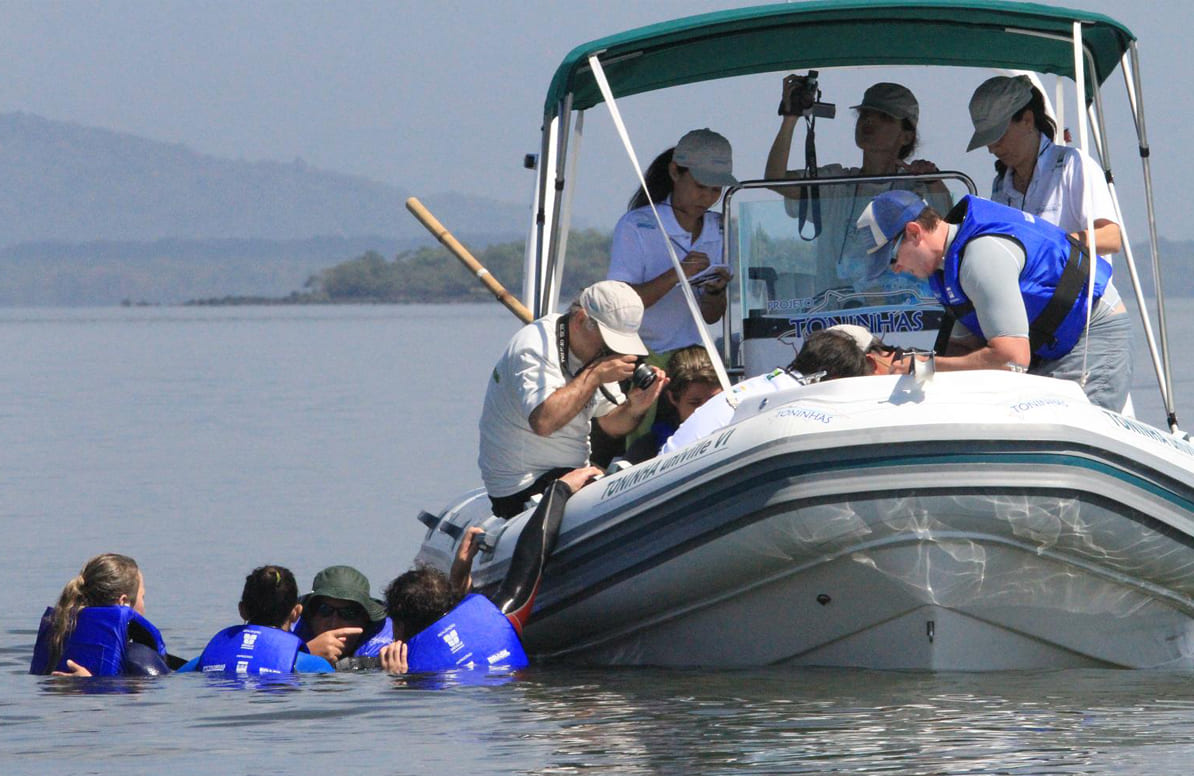
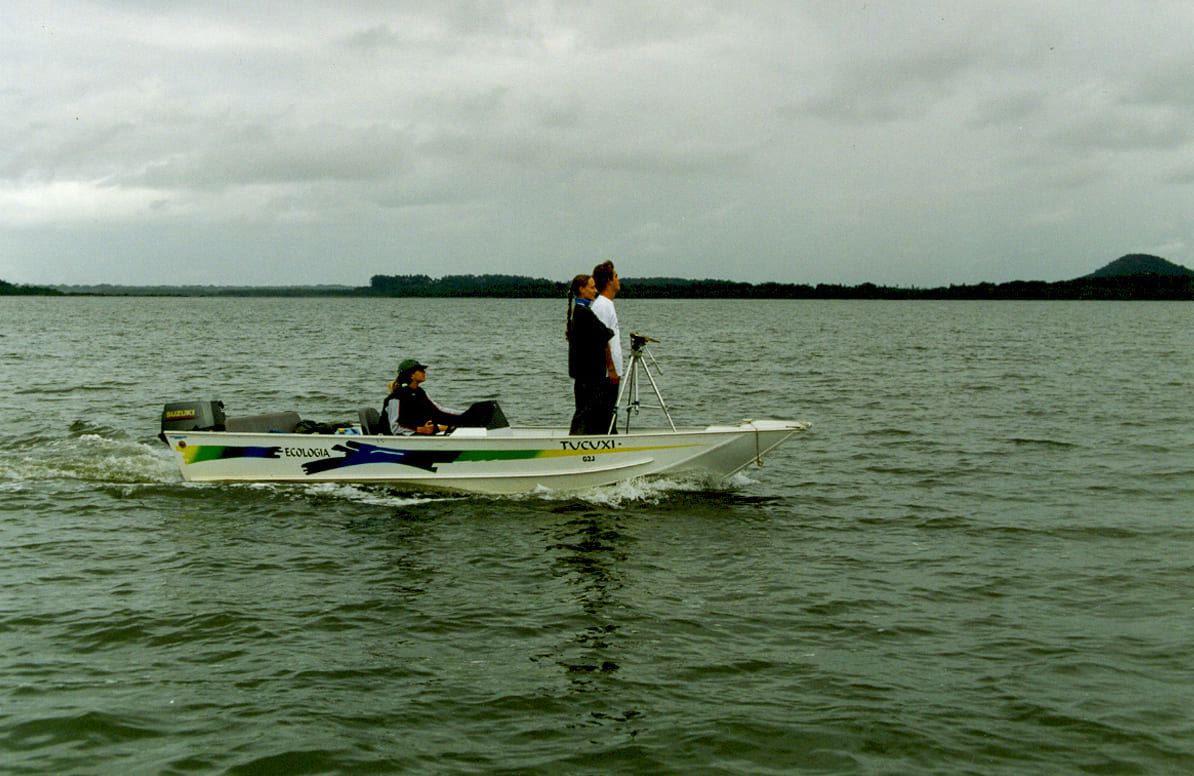
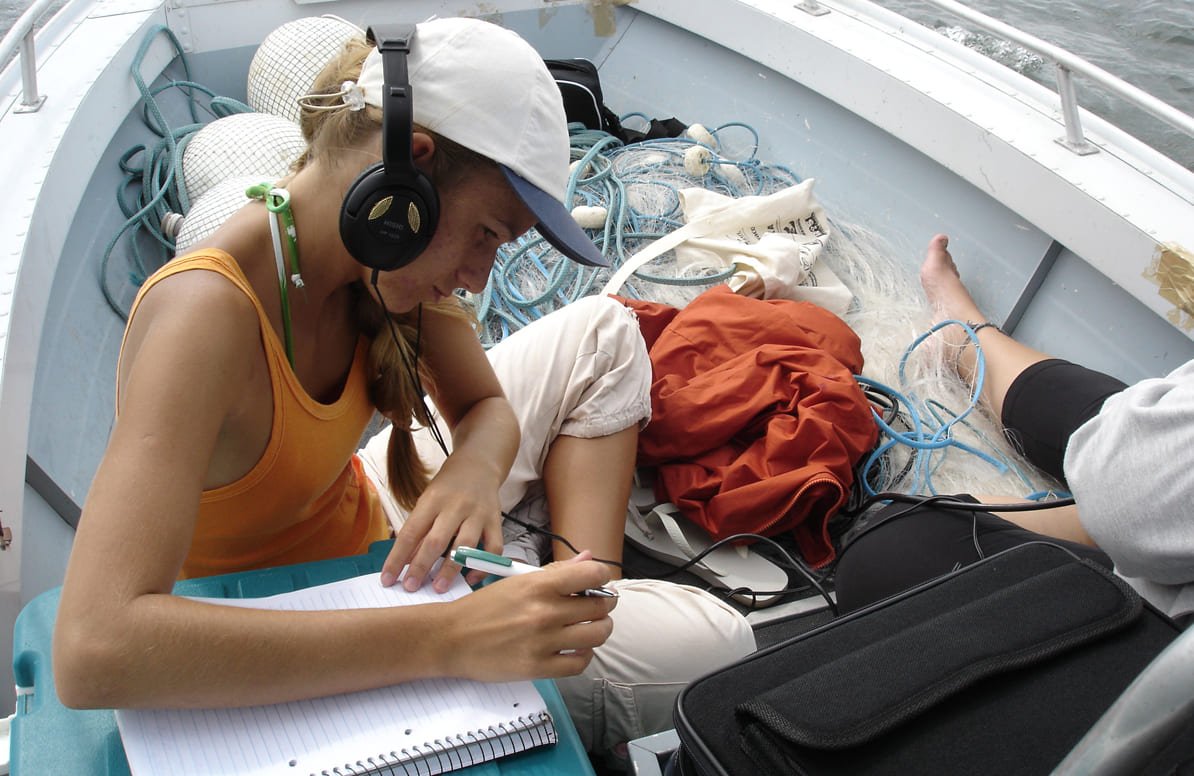
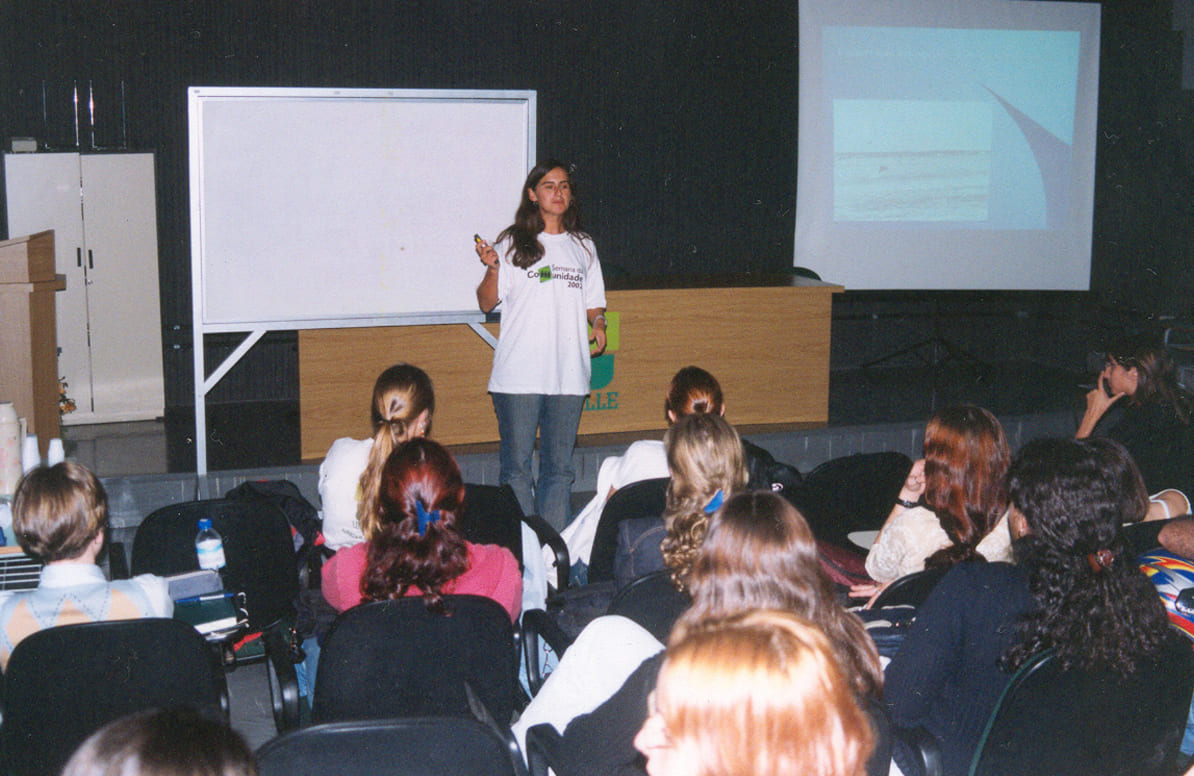
See too:
- History
- Team
- Where we are
- News



